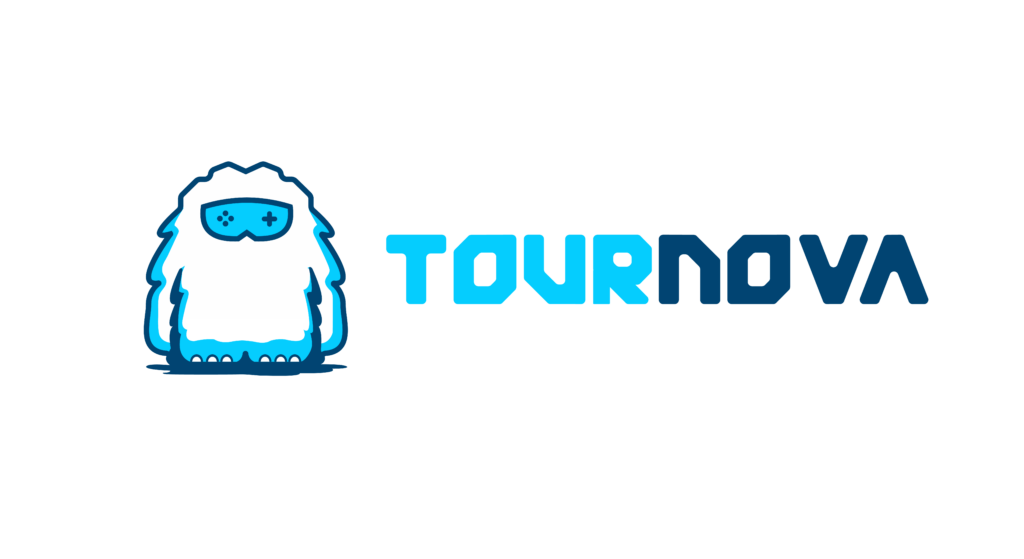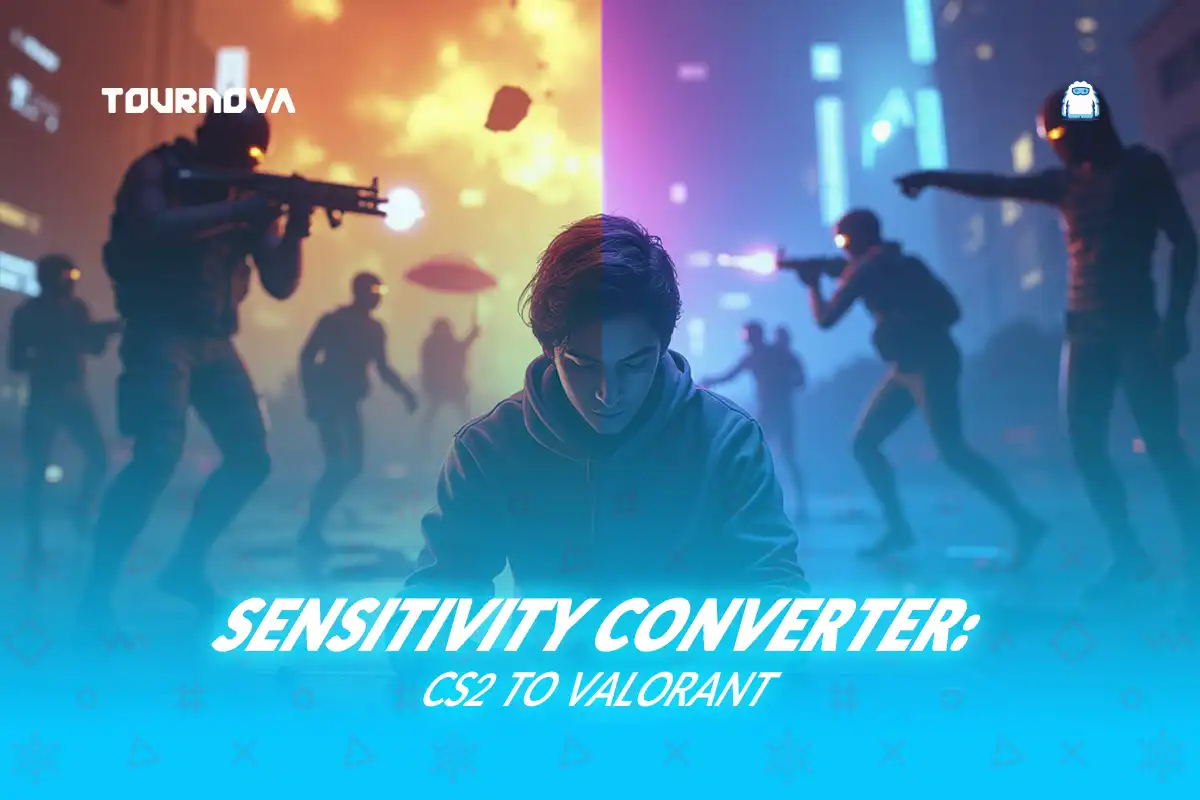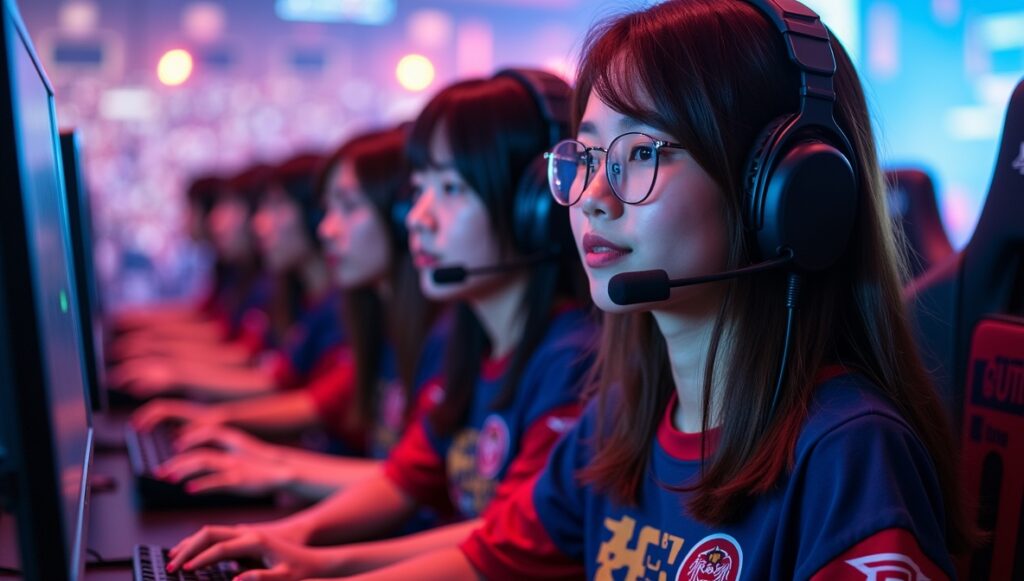Making the leap from Counter-Strike 2 (CS2) to VALORANT might feel like trading one battlefield for another. While the essence of shooting and strategy remains the same, these two games are vastly different in how they approach mechanics, movement, and overall gameplay. For those accustomed to the gritty realism of CS2, hopping into VALORANT’s colorful world of agents and abilities can be both exciting and overwhelming.
If you’re here, chances are you’re trying to figure out how to transition smoothly—starting with a crucial step that many players overlook: sensitivity settings. Believe it or not, carrying over your CS2 sensitivity to VALORANT can make a world of difference in maintaining consistency and preserving muscle memory. Let’s walk through everything you need to know about the journey from CS2 to VALORANT and mastering that perfect sensitivity balance. Using a CS2 sensitivity converter to Valorant guide can be incredibly helpful in this process
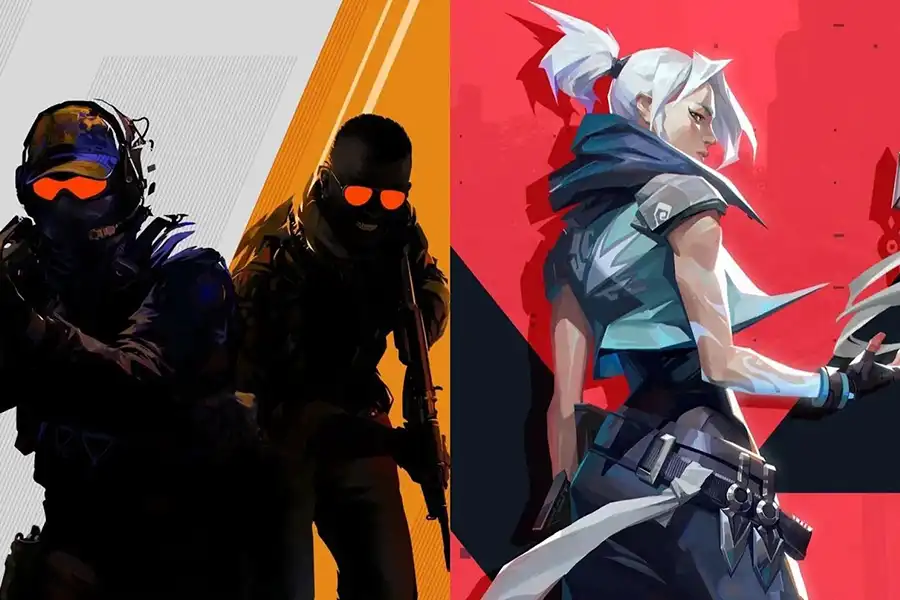
CS2 Sensitivity Converter to Valorant: Understanding Sensitivity Differences Between CS2 & VALORANT
At first glance, the sensitivity might seem like just a number you tweak in settings and forget about, but experienced players know better. Sensitivity impacts your aim, reaction speed, and ability to adapt to in-game situations. The transition from CS2 to VALORANT, however, complicates things due to the way these two games handle sensitivity and field of view (FOV).
Field of View (FOV) Differences
Let’s start with the field of view (FOV). CS2 allows some flexibility with FOV, depending on your configurations, especially if you’re using a stretched resolution or different aspect ratios. VALORANT, however, has a fixed FOV of 103, which cannot be changed. This means the way you feel in CS2 will be slightly different in VALORANT, even if you convert it correctly. Why? Because your perspective and how far objects appear on-screen are fundamentally altered by the fixed FOV.
Sensitivity Scales
Here’s where things get technical. CS2 and VALORANT use different sensitivity scales, making it impossible to simply copy-paste your sensitivity settings. Combine that with the FOV difference, and your CS2 sensitivity would feel way too fast or too slow if carried over directly. Thankfully, there’s a reliable formula to convert sensitivity between the two games, which we’ll explore shortly.
Crosshair Placement & Aim Adjustments
Moving from CS2’s reliance on pixel-perfect precision and pre-aim angles to VALORANT’s combination of ability usage and gunplay requires some adjustments. Muscle memory tied to your previous sensitivity can either work for or against you during this transition. Using a CS2 sensitivity converter to Valorant correctly helps retain that familiar feel, easing the learning curve as you adjust your aim to VALORANT’s slightly slower player movement and time-to-kill mechanics.

Read More: Esports World Cup 2025 Games
How to Convert CS2 Sensitivity to VALORANT
Now, let’s get to the heart of the matter—translating your CS2 sensitivity into VALORANT accurately.
Manual Sensitivity Conversion Formula
Here’s the simple formula to convert your sensitivity:

This formula ensures that your mouse movement will feel proportionally similar in both games, allowing you to carry over much of your muscle memory.
Using a Sensitivity Converter Tool
Not everyone enjoys doing math (I certainly don’t, first thing in the morning). Luckily, there are plenty of online sensitivity converter tools that can do the calculation for you. Simply plug in your CS2 sensitivity and select VALORANT as the target game, and the tool will provide the converted value.
Some popular converters include Aiming.Pro Sensitivity Converter are ProSettings.Net Sensitivity Tool .
Once you have your converted value, input it into the settings menu under “Sensitivity: Aim” in VALORANT.
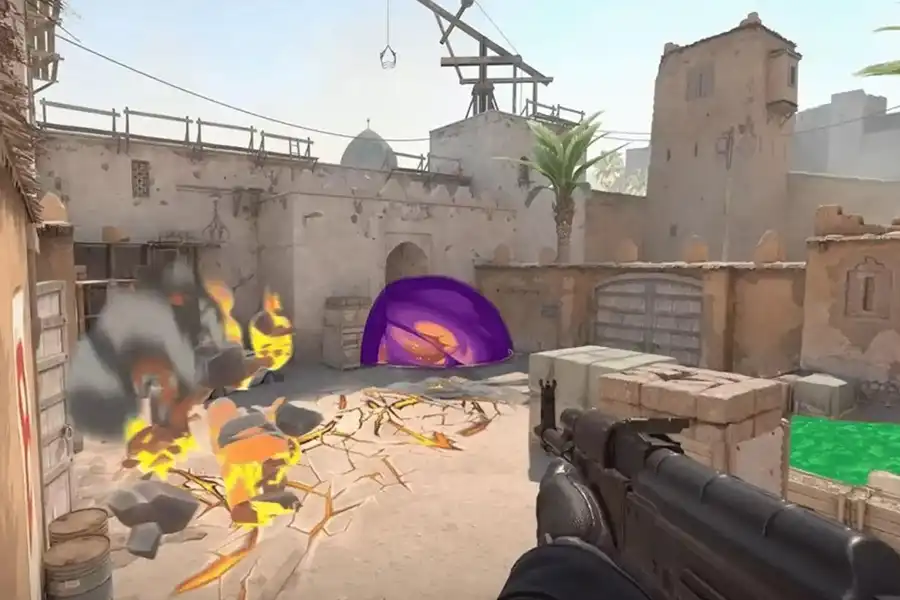
How to Adjust Your New Sensitivity in VALORANT
Now that you’ve successfully converted your sensitivity using a CS2 sensitivity converter to Valorant, it’s time to fine-tune and ensure it feels perfect in VALORANT’s unique environment.
Testing in Aim Trainers
Before jumping into ranked matches (and screwing up your team’s economy because you missed an easy shot), spend time testing your sensitivity in aim trainers like KovaaK’s FPS Trainer or Aim Lab. These platforms allow you to practice flicks, tracking, and crosshair placement specifically without the distractions of utilities or teammates yelling in your ear.

Read More: Gen.G vs DRX
Fine-Tuning Your Sensitivity
If your converted sensitivity doesn’t feel quite right, adjust it incrementally—small changes of ±0.01 can make a huge difference. Then, jump into VALORANT’s Deathmatch Mode to test your adjustments in live combat situations. Pay attention to whether your aim feels too jittery (reduce sensitivity slightly) or too sluggish (bump it up).
Crosshair & Other Settings Adjustments
Sensitivity aside, don’t forget to tweak your crosshair for better aiming. Choose a color and size that stands out clearly against VALORANT’s typically colorful backgrounds. To maintain familiarity, replicate your CS2 crosshair as closely as possible.
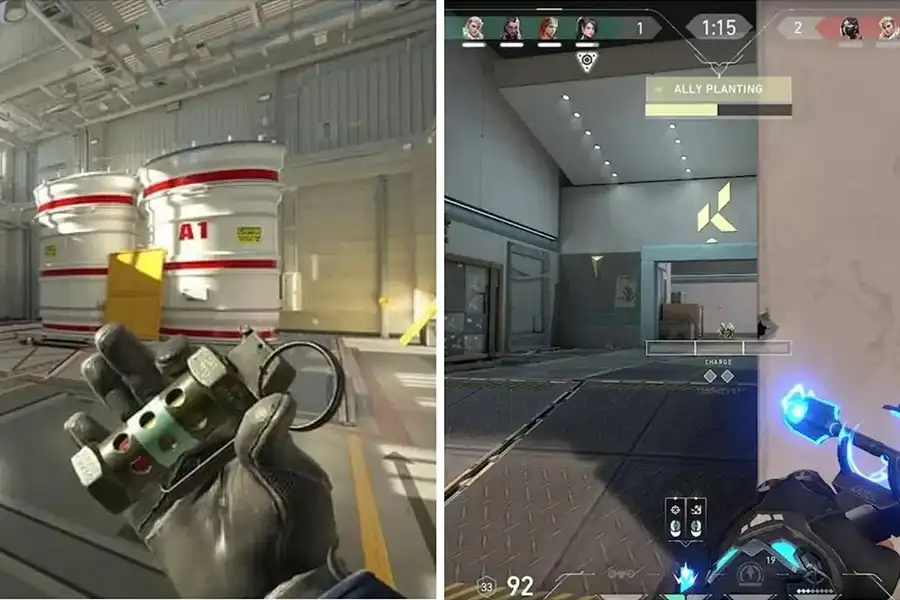
Finally, ensure your DPI (dots per inch) and polling rate match your CS2 setup. If you played CS2 with 400 DPI, keep it consistent in VALORANT; consistency, especially after using a CS2 sensitivity converter to Valorant, is key when adapting to a new game.
Common Mistakes When Switching from CS2 to VALORANT
Switching from one tactical shooter to another can be tricky. Avoid these common pitfalls to make your transition smoother:
- Forgetting eDPI Adjustments: Your mouse DPI multiplied by your sensitivity (eDPI) should remain consistent between games. Changing either one without accounting for the other leads to poor aim adaptation.
- Overcompensating for Movement Differences: VALORANT players strafe slower than CS2 players, so adjust your aim accordingly—don’t rely on over- or under-flicking.
- Not Giving Enough Time to Adapt: Muscle memory is deeply ingrained, and it takes time to fully adjust to VALORANT. Be patient with yourself and practice steadily for a few days.
Boost your gaming skills with Tournova
“Tournova” provides continuity for gamers and tournament organizers across platforms by offering user-friendly tools integrated within familiar systems like Telegram and Discord. This creates a seamless experience where users can easily adapt and focus on competition instead of grappling with new technical complexities.
Just as the guide highlights sensitivity adjustments and aim testing in aim trainers as essential preparation for VALORANT, our platforms’ streamlined tools and token economy equip users with the resources to thrive in dynamic competitive environments. Whether adapting to new tournament rules, managing digital assets, or transitioning between different gaming communities, Tournova parallels the value of consistent strategies—building familiarity and fostering performance regardless of the competitive arena.
Conclusion
Switching from CS2 to VALORANT isn’t just about learning new abilities and adapting to new mechanics—it’s about carrying over the skills you’ve honed and building off them. Sensitivity consistency, especially after using a Cs2 sensitivity converter to Valorant, might seem like a small detail, but it’s a foundational element that can make a huge difference in your performance. With the right sensitivity settings, a bit of patience, and plenty of practice in VALORANT’s vibrant world, you’ll be landing headshots like you never left CS2 behind. Now go ahead—fire up the game and start fragging!
FAQ
Can I use my CS2 DPI in VALORANT?
Yes, you can and should keep your DPI the same to maintain consistent mouse movement.
Do I need to adjust my graphics settings when switching to VALORANT?
While not strictly necessary, optimizing your graphics settings for smoother performance can help improve overall aim consistency.
Does mousepad size impact sensitivity adjustments?
Yes, your mousepad size can affect how comfortable you feel with lower or higher sensitivity values. Consider switching to a larger mousepad if you’re having difficulty with precise aiming.
Are there specific agents or roles better for ex-CS2 players?
Former CS2 players often excel with duelists like Jett or Reyna, as their emphasis on aim and mechanical skill mirrors that of CS2.
